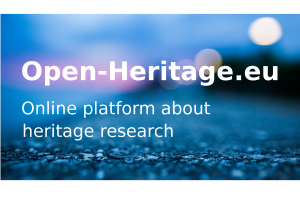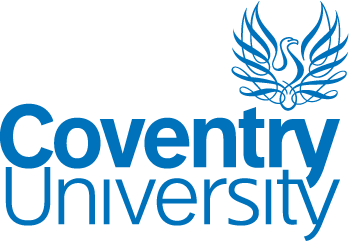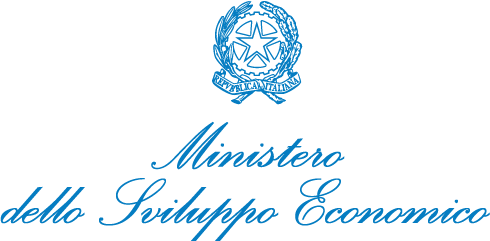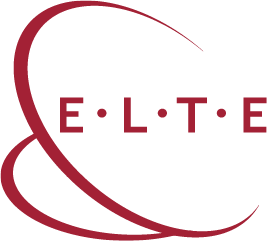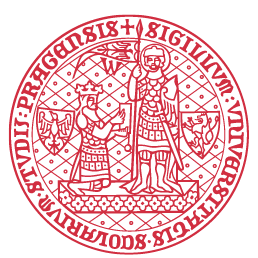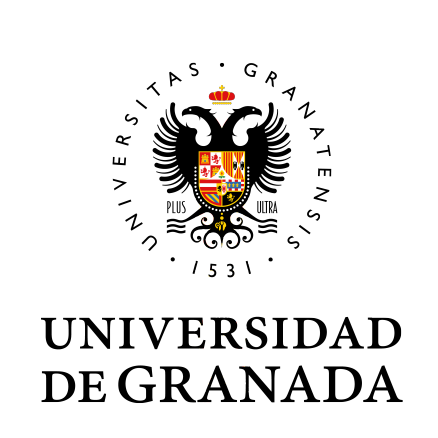From the outset, the REACH project frameworks and its pilots considered the importance of the bottom-up approach to participation, that has developed out of theories of history and heritage ‘from below’, aiming to give voice to those histories previously rendered invisible, or only partially visible, by a received notion of ‘History’. This is especially important in terms of allowing for the (re-)appropriation of minority heritage, or any heritage that has been lost, misappropriated or even erased due to structural discrimination and inequality (including addressing questions of potential/structural gender imbalance within CH).
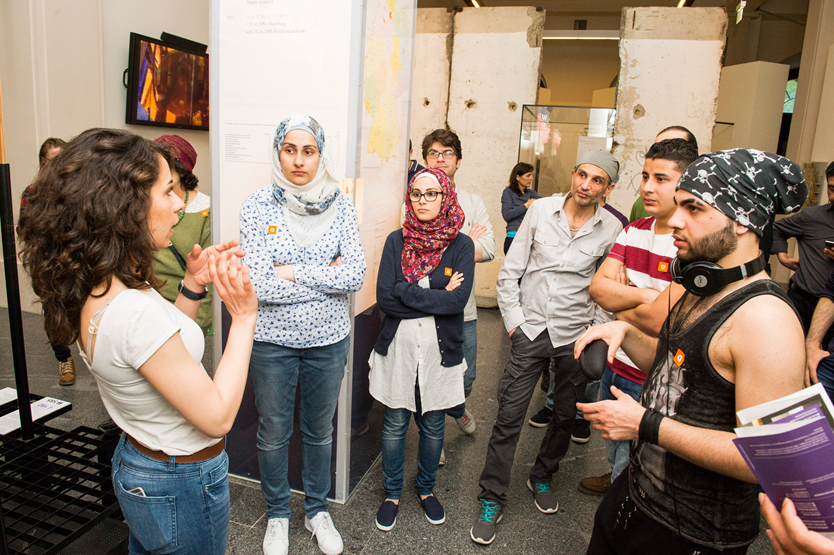 Participants of a guided tour of the project “Multaka” in the Deutsches Historisches Museum
Participants of a guided tour of the project “Multaka” in the Deutsches Historisches Museum
© Staatliche Museen Berlin, Museum für Islamische Kunst,
Photograph: Milena Schlösser.
As such, bottom-up approaches redressing the balance are preferable to a top-down approach, imposed from above. However, the experience of the REACH pilots has shown that a bottom-up approach, while desirable, cannot always be the case. Here, the model of participatory heritage is relevant, featuring models that require an initial top-down element but, in order to be sustainable, that can ultimately give way to a more bottom-up model when the circumstances are right.
No matter the initial model, it is true that there are a number of methods to bring communities into the heart of decision-making processes that, as has been consistently proved by the REACH pilots, are vital for the success of participatory activity. Co-creation and co-management methods, as well as crowdsourcing, collaborative mapping and the use of collaborative media, have all been used to bring together different stakeholders with diverse needs, perspectives and priorities to design, implement and sustain successful participatory activities to foster more resilient communities and more resilient heritage.
Within the pilots, examples included a student-led local encounter that confirmed there is possibly also a less distinct participatory heritage model, sitting somewhere between top-down and bottom-up, where conditions are put in place from above – at an institutional level - to enable activity from below to emerge, develop and thrive. Another showed this to some extent as well, with bottom-up approaches - a driver and an ambition - in terms of models of self-governance and future capacity-building for communities, but with the academy acting first as a broker to support this.
Collaborative working and co-governance structures are necessary to enable meaningful participation, but support and training are needed first to enable communities to develop their capacity to contribute, and then gain the autonomy to be able to influence economic, social, cultural, territorial and environmental policy decision making. Significantly, pilots raised the further dimension of building a community voice, with pilot activity initially acting as an interlocutor, but then helping communities to take a step further to be heard directly and not through an intermediary (however well-intentioned). In this way, multiple stakeholders have started to organise themselves to overcome challenges through more bottom-up initiatives.
Further details are available in D3.1 – Participatory models.
Participatory Recommendations
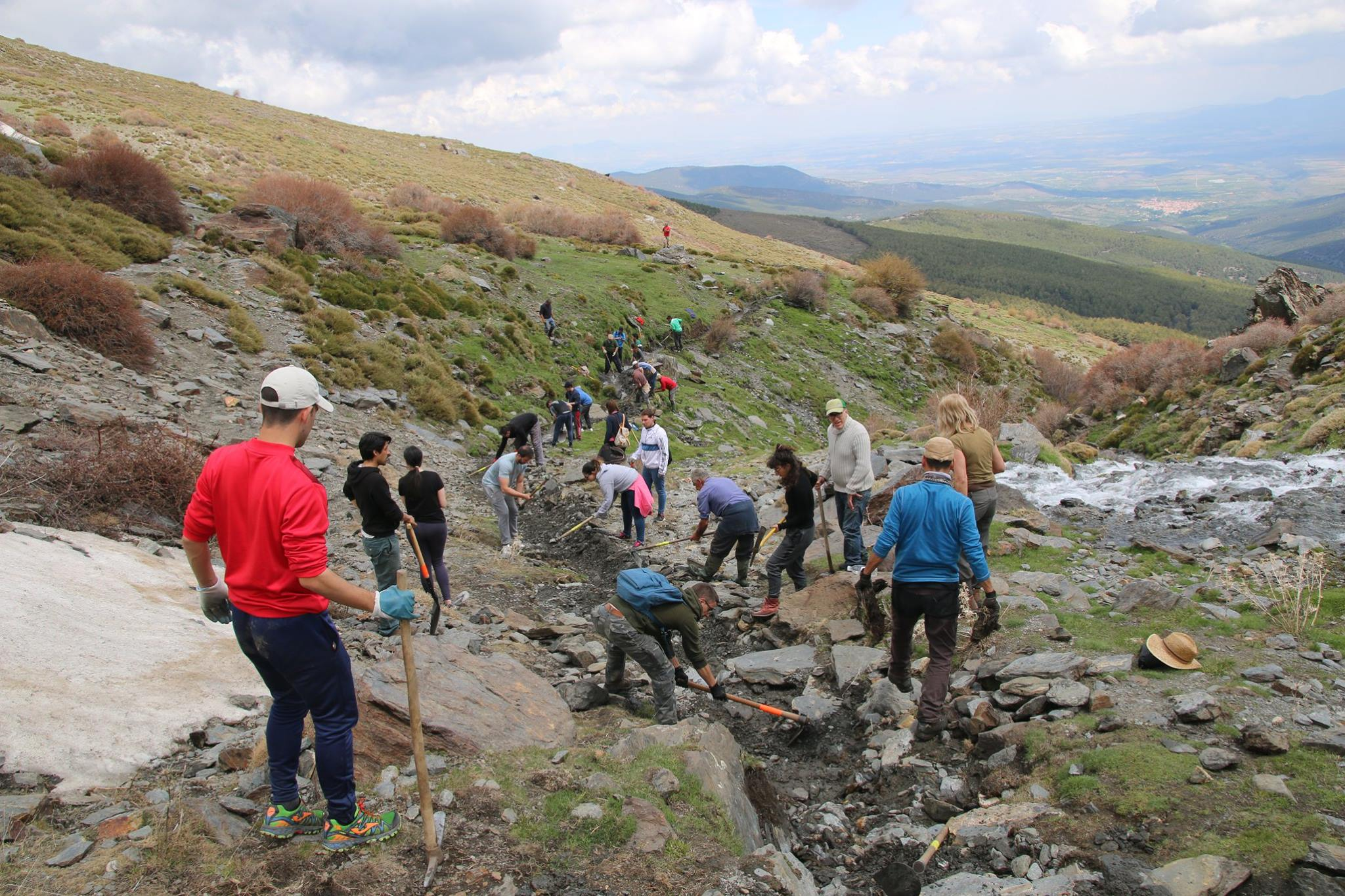 Annual cleaning of the Jerez del Marquesado historic irrigation channel, 2018
Annual cleaning of the Jerez del Marquesado historic irrigation channel, 2018
Photograph: Lara Delgado Anés
The analysis and evaluation of the pilots and thematic workshops revealed a number of overarching themes that must be taken into consideration when developing participatory frameworks, strategies and approaches for the successful preservation, management and (re-)use of a resilient cultural heritage. These themes include: The analysis and evaluation of the pilots and thematic workshops revealed a number of overarching themes that must be taken into consideration when developing participatory frameworks, strategies and approaches for the successful preservation, management and (re-)use of a resilient cultural heritage. These themes include:
- community empowerment and meaning-making
- tangible and intangible cultural heritage
- forgotten heritage and unwanted heritage
- ownership, ethics and Intellectual Property (IP)
- education and knowledge exchange (including cross-cultural, intergenerational and interdisciplinary)
- responding to societal change changing populations (depopulations, aging population), ecological crisis, climate breakdown, the effects of the global COVID-19 pandemic
- resilience: adaptation, rather than resistance, to change
- using new technologies: digital approaches
- top-down and bottom-up approaches – moving towards self-governance.
These themes have, in turn, opened up a number of important lessons learned and considerations to be borne in mind when designing participatory approaches for a resilient CH that also develops social cohesion.
These considerations have ultimately led to a series of REACH participatory recommendations:
- connections need to be built between individuals and groups facing similar challenges, to enable interdisciplinary knowledge exchange and strengthen communities’ voices
- there must be a clear recognition of the importance of both tangible and intangible heritage
- as regards diversity, equality and minorities, policies and practices need to be inclusive to raise awareness and provide guidelines to address inequalities
- gender policies and practices need to recognise the historic contribution that women have made to cultural heritage, as well as encourage their further empowerment
- there is a need to generate initiatives to protect the memory and heritage of former communities and residents, following periods of societal and institutional discontinuity and adaptation to new regimes, policies and practices
- community and public consultation is needed to debate approaches to unwanted heritage buildings and monuments, as well as to new heritage developments; public involvement in both short- and longer-term decision-making provides empowerment and enhances social cohesion
- there must be both short and longer-term plans/strategies – for a participatory project to be fully successful and impactful, it is essential to incorporate long-term strategies that involve participants in planning and decision-making
- education and training initiatives should be interpreted in their widest forms, including investment to develop research networks and dissemination activities, and informal community activities, including workshops, demonstrations, arts, dance, language and performance. There must be a recognition of how valuable intergenerational and cross-cultural activities are in order to pass on and protect memory, as well as those traditional skills and knowledge that are in danger of being lost
- institutions such as museums must become even more accessible community-hubs for communities’ cultural engagement and spaces of collaboration, dialogue and exchange. This point will be yet more pertinent once museum doors open fully again, post COVID-19 and post-trauma, although the potentially devastating long-term effects of the pandemic on the GLAM sector as yet remains to be seen
- in terms of the challenges of cultural heritage and over- and under-tourism, community-led cultural tourism, or even ‘creative tourism’ can enable greater cultural visibility and awareness, based on authentic local knowledge and shared values, stimulating interest and making cultural heritage relevant
- heritage calls for adaptive management. There should be sufficiently flexibility within activities to enable them to develop organically and not have to follow a prescriptive, and potentially restrictive, initial plan
- new technologies and digital and social media can enhance, but importantly not replace, interpersonal and physical encounters with cultural heritage
- CH participatory activities are often overlooked, but have intrinsic, economic and societal benefits; as such, they must be promoted as an asset, not a liability, and as a benefit, rather than a cost.
Further details can be found in D3.3 Project evaluation report

